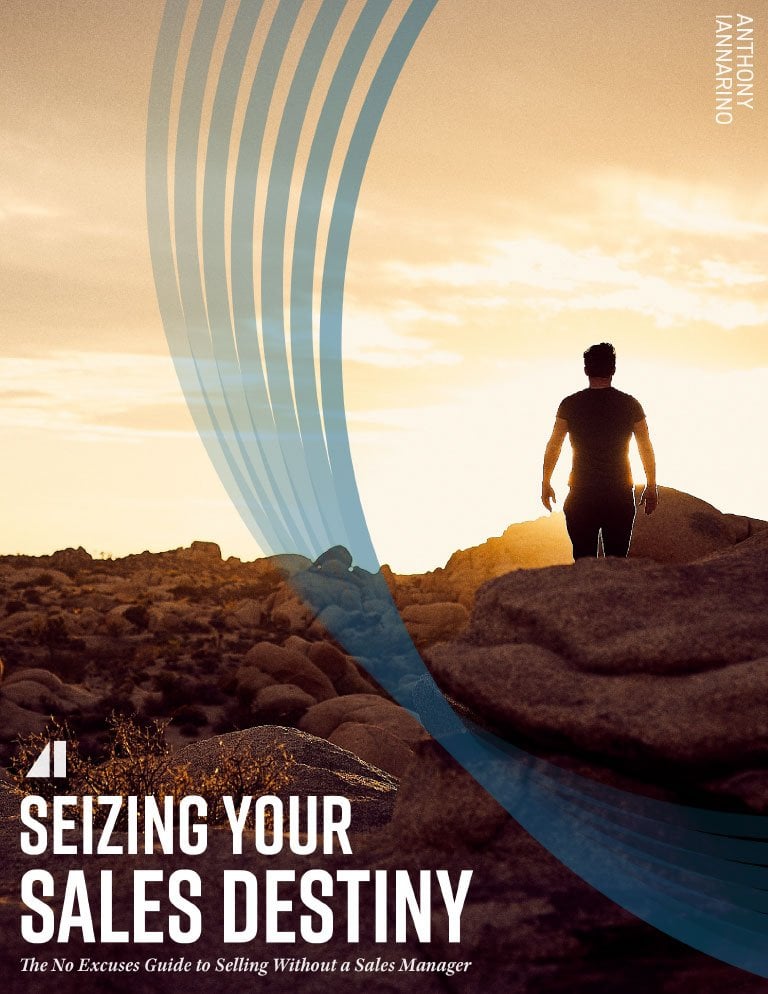Both buying and selling are becoming increasingly difficult, especially when decision-makers and decision-shapers must navigate disruptive events that make certainty a challenge. I’m sure you have seen this inside your own company, as well as at your client’s companies, with initiatives stalling or being put on hold, even when the money is available.
The way we used to think about sales isn’t in line with the times we live in, and it would be foolish to believe that reality will somehow change to reflect our old beliefs. Many salespeople used to think that all you need to win a deal is a value proposition and a return on the client’s investment, but those things do little to compel action now. Similarly, while plenty of products, services, and solutions are capable of improving sales results, many more technological offerings are just a solution searching for a problem.
It is not likely that your sales process will be a straight path, going easily from target to close in a series of four or five slide-friendly stages that are coded into your CRM. That fiction doesn’t even resemble the real effort it takes to win deals through a series of nonlinear sales conversations with your clients.
Even the nature of those conversations has changed. What might have been considered consultative selling in the 1990s isn’t adequate for the 21st Century. The slide deck that marketing provided you to “tell the company’s story” does nothing to create credibility, and unless your name is Elon Musk, your clients are going to be underwhelmed.
In 2008, when I started publishing this blog, I wrote a lot about the necessity of business acumen and situational knowledge, presenting them both as relatively new skills without which salespeople would struggle. I even wrote a chapter about business acumen in my first book, The Only Sales Guide You’ll Ever Need, (2016), to raise awareness and nudge salespeople to gain the competencies they need to succeed in B2B sales. However, the idea of individuals developing business acumen isn’t nearly as sexy as some new technology that can fully automate a series of emails for your entire sales force.
The promise of technology is greater efficiency, an idea that is especially seductive to sales leaders who are unwilling or unable to improve their sales force’s effectiveness.
How exactly one is supposed to become consultative without knowing anything about business and possessing no insights to share with their clients is a mystery to me—and to anyone who is paying attention. The sales conversation has become bigger, more strategic, and more challenging than most of our training and enablement programs recognize, leaving salespeople unprepared and unarmed for critical conversations.
In Eat Their Lunch: Winning Customers Away from Your Competition, I shared a hierarchy of the value you can create as a salesperson, starting on one extreme with the value of your product (or service, or solution) and moving towards the strategic outcomes you enable or accelerate on the other. Those salespeople who were prepared for this approach immediately understood the value of starting the conversation with what is most valuable to decision-makers and decision-shapers.
The generation of salespeople who had not been challenged to keep pace with the evolution of sales, and who have been convinced that technology is somehow more important than the sales conversation, had no interest in improving their effectiveness or helping their prospective clients make good decisions about their businesses.
Professional B2B sales is more demanding now than it has ever been. It demands more of the individual, and there are certain mindsets and character traits that one needs to develop to succeed in today’s selling environment. You can find a list of these traits in The Only Sales Guide, as well as here, and here, and here.
When you are working inside a nonlinear conversation, you need to focus on the outcome you need while being flexible about how you achieve it. When your client presents an obstacle, you may not have any real guidance available to help you other than your resourcefulness. Fortunately, resourcefulness goes with initiative like milk goes with cookies.
Use that initiative to determine what you need to do to help your clients move forward in the conversation, then take action—even if your “optimal sales process” slide deck is mysteriously silent on the topic. The real optimal sales process now is whatever works to move you forward. Initiative requires that you think things through, decide, and act decisively in pursuit of your outcome.
Another key skill here is agility. When you sit down across from your prospective client, you mostly do so alone—there’s no “phone a friend” lifeline here, even if you really want to be a millionaire. You are fully responsible for creating value for them—regardless of their situation, what they might need in the way of context and insights, or how well their goals align with your ideal outcomes.
In sales, you create those outcomes through a conversation. That conversation either helps the client or it falls short of that goal. What you say may create a preference to work with you, or it might confirm that you are not someone whose advice they should follow. Older models of sales development still contain some truths worth retaining, but they do too little to prepare salespeople to sell in the 21st century.
Finally, the belief that you are simply training salespeople falls short of the mark. If you do not yet recognize that you need to be developing value creators, consultative salespeople, and business advisors, you’ll keep falling behind in a race with increasingly ferocious competitors. If you are not getting better at getting better—and faster—you are just getting worse.

Get the Free eBook!
Learn how to sell without a sales manager. Download my free eBook!
You need to make sales. You need help now. We’ve got you covered. This eBook will help you Seize Your Sales Destiny, with or without a manager.
Download Now







.jpg?width=768&height=994&name=salescall-planner-ebook-v3-1-cover%20(1).jpg)


